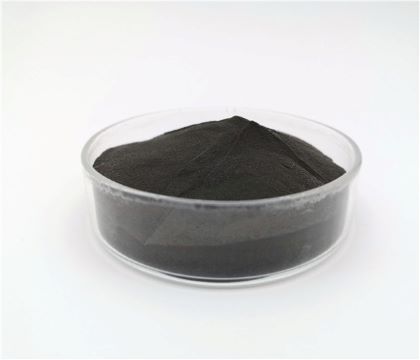Breakthrough! Scientists have found that Nano silicon anode can greatly increase the capacity of lithium-ion batteries
Researchers at the Okinawa National University of Science and Technology (OIST) have discovered a special structure called an arched silicon nanocrystalline anode that could overcome a long-standing disadvantage of graphite anodes in lithium-ion batteries. The results were published in the journal Communications Materials on Friday.
Powerful, portable, and rechargeable lithium-ion batteries are an important part of modern technology and are widely used in smartphones, laptops, and electric cars. Their potential to transform the way electricity is stored and consumed in the future is being recognized as we move away from fossil fuels. Traditionally, graphite has been used as an anode for lithium-ion batteries, but the carbon material has significant limitations.
The researchers explained that when the battery is charged, lithium ions are forced to move from one end of the battery (the cathode) through an electrolyte solution to the other end (the anode). Then, when the battery is used, the lithium ions return to the cathode and the battery releases an electric current. In graphite anodes, however, it takes six carbon atoms to store a lithium-ion, so the energy density of these cells is low.
Increasing energy density is becoming increasingly important as science and industry explore the use of lithium-ion batteries to power electric cars and space shuttles. The researchers are now looking for new materials that can increase the number of lithium ions stored in the anode. One of the most promising candidates is silicon, which can bind up to four lithium ions to each silicon atom.

"Silicon anodes can store up to 10 times as much charge in a given volume as graphite anodes, and a full order of magnitude more energy density," the researchers said. But the problem is that when lithium ions enter the anode, the volume change is huge, up to about 400 percent, which can cause the electrode to break."
In addition, the large volume change prevents the stable formation of a protective layer between electrolyte and anode. As a result, this layer must be constantly modified every time the battery is recharged, depleting the limited supply of lithium ions and reducing the battery's life and rechargeability.
"Our goal is to try and create a more robust anode that resists these pressures, that can absorb as much lithium as possible and ensure as many charging cycles as possible," said Dr. Grammatikopoulos, senior author of the study. The approach we took was to build a structure out of nanoparticles."
In the first stage, the silicon film exists as a rigid but unstable columnar structure. In the second stage, the pillars touch at the top, forming an arch structure that is strong because of the arch. In the third stage, the silicon atoms are further deposited to form a spongy structure. The red dotted line shows how the silicon deforms when applied.
"The arches are strong, like arches in civil engineering," Dr. Grammatikopoulos said. The same concept applies at the nanoscale."
Importantly, the increase in structural strength also coincides with improvements in battery performance. When the scientists ran electrochemical tests, they found that the charging capacity of the lithium-ion batteries increased. The protective layer is also more stable, which means the battery can withstand more charging cycles.
The revelation of this arch structure and its unique properties is not only an important step towards the commercialization of silicon anodes in lithium-ion batteries but also has many other potential applications in the field of materials science.
"This arch can be used when materials that are strong and can withstand a variety of pressures are needed, such as for biological implants or hydrogen storage," the researchers said. You just need to know the exact type of material, whether it's harder or softer, more elastic or less elastic, and you can do that precisely by simply changing the thickness of the layer, and that's the beauty of nanostructures."
High quality graphite manufacturer
If you need graphite powder, please feel free to contact: sales@graphite-corp.com







